A good brand name has international appeal. “Mercedes” is one of the most famous and most traditional: from 1900 onwards, it was used to brand the innovative passenger cars made by Daimler-Motoren-Gesellschaft, and, together with its outstanding vehicle and engine technology, it gave the company worldwide recognition and thus shaped personal mobility as a whole. In 1926, the brand was extended to produce Mercedes-Benz – while its significance on all continents remained unchanged. For the oldest luxury car brand in the world, its name is both the basis and incentive to carry this outstanding tradition into the future.
,xPosition=0,yPosition=0.5)
“Mercedes”

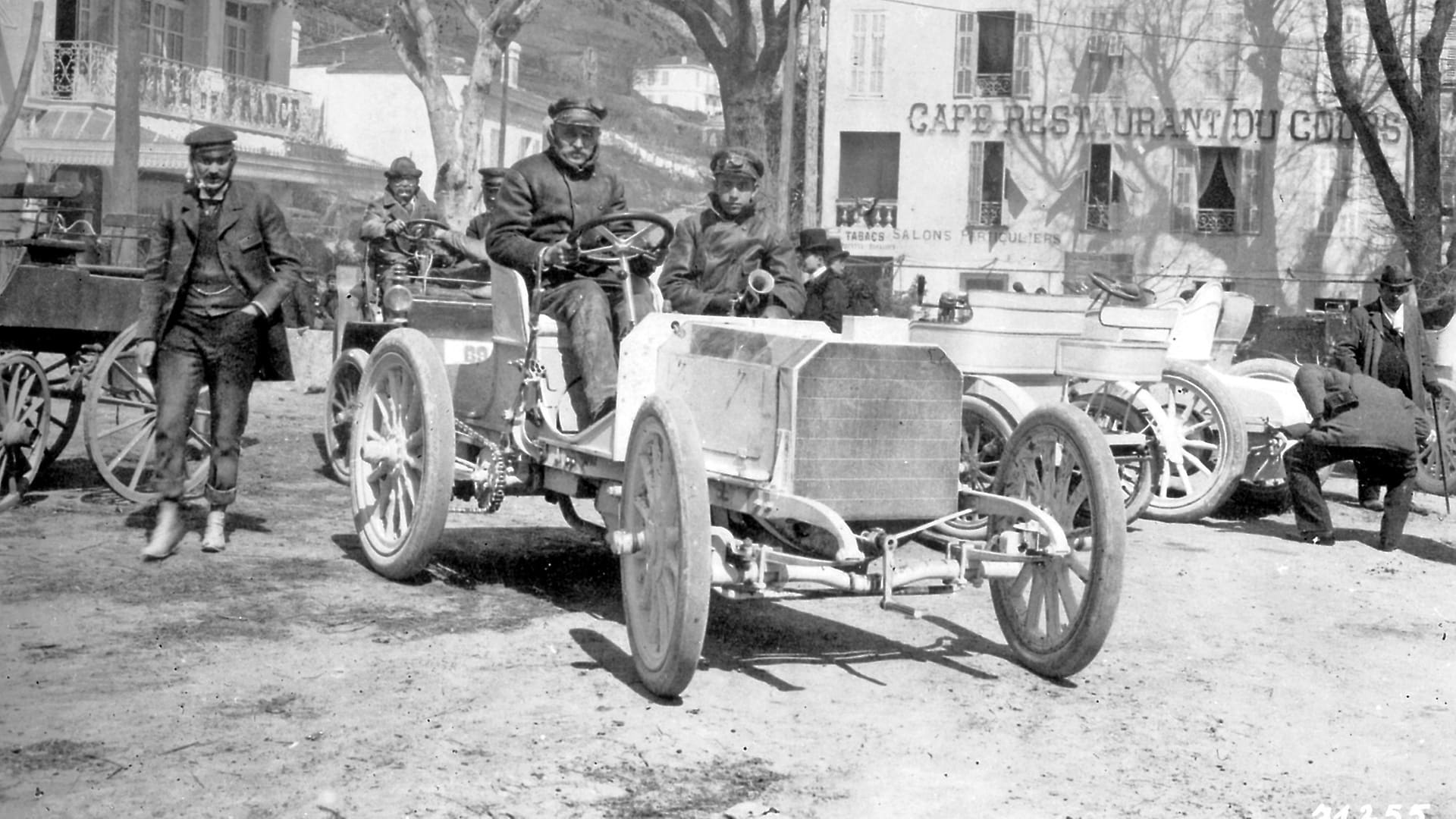
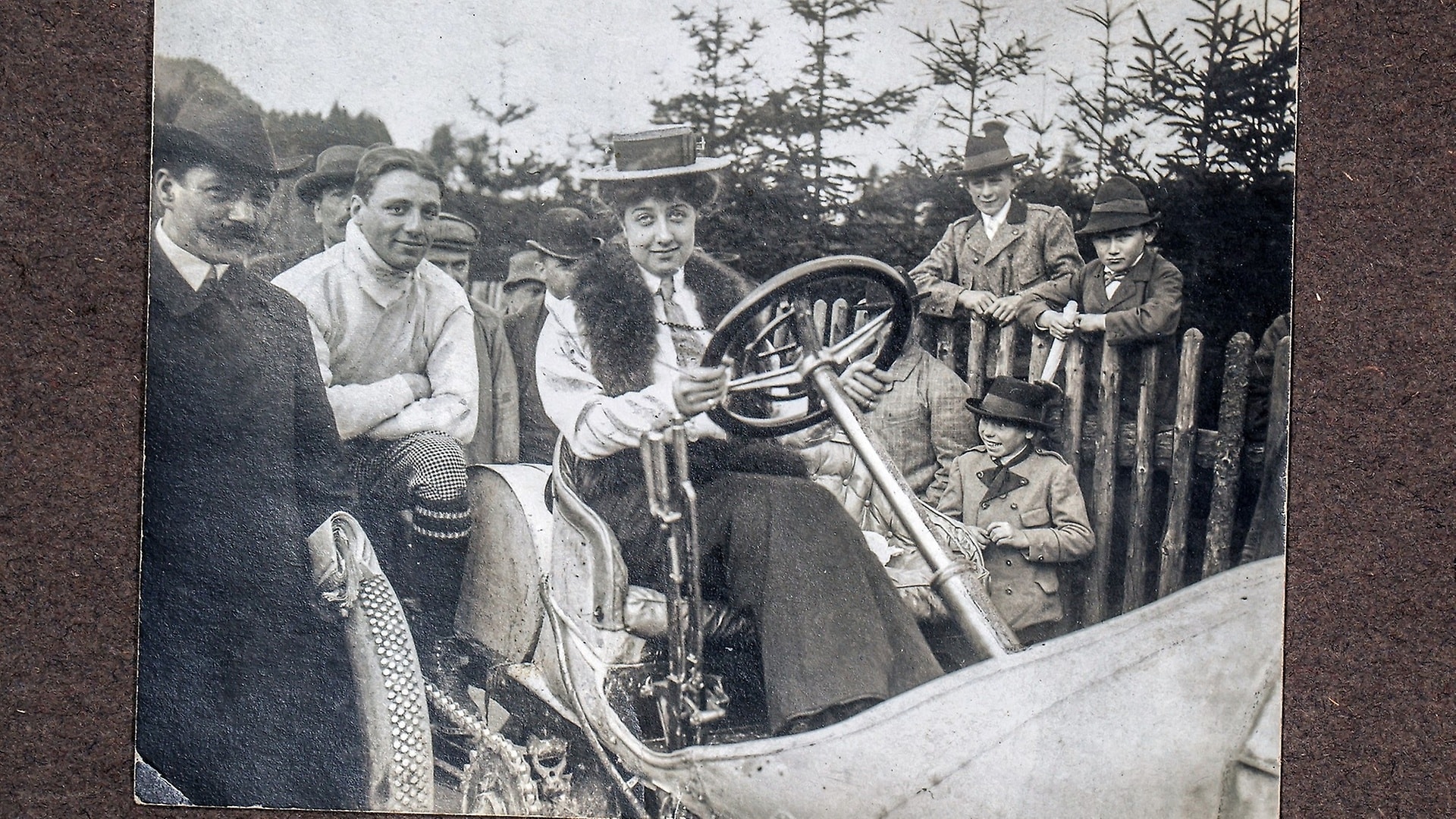


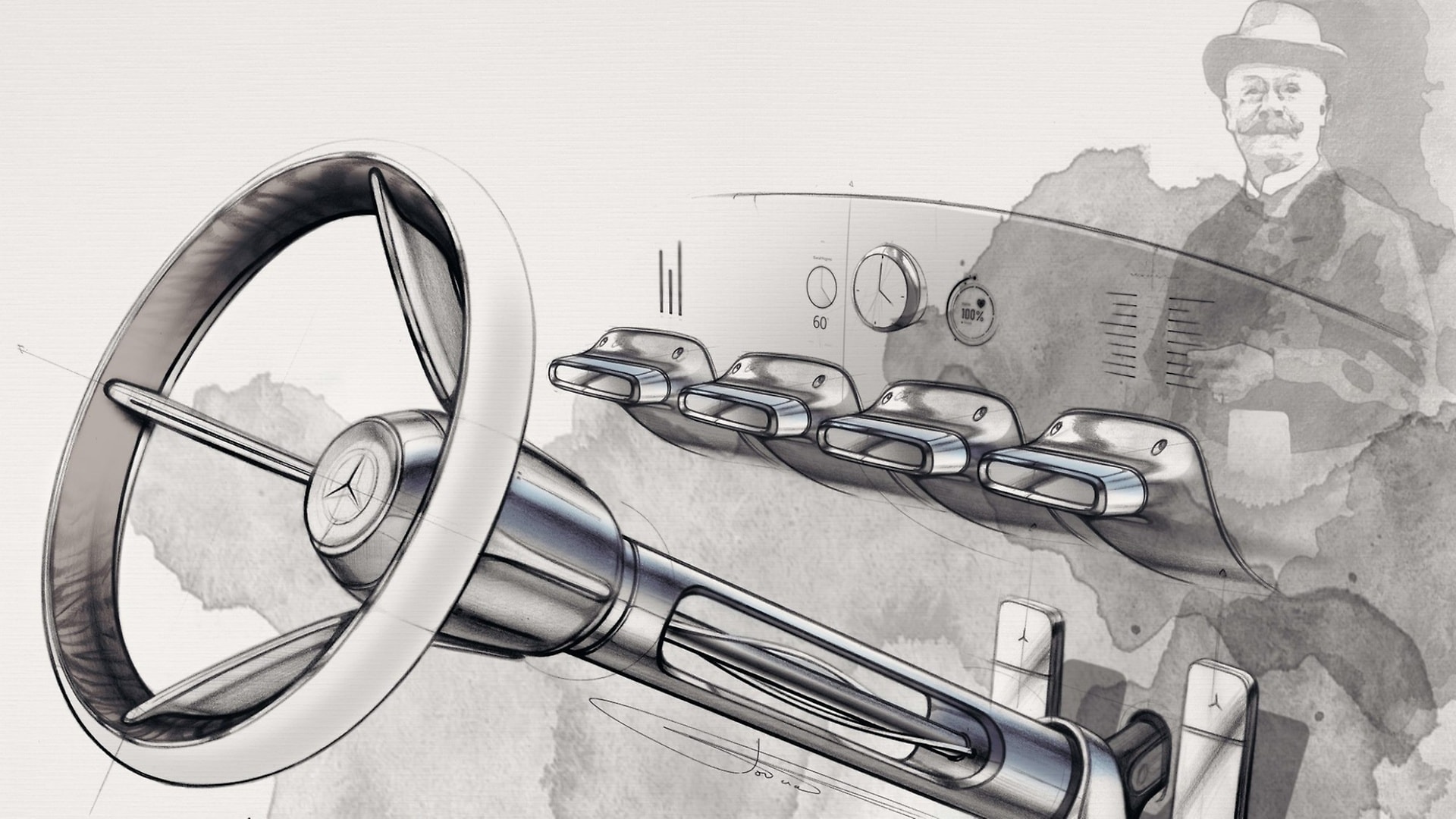

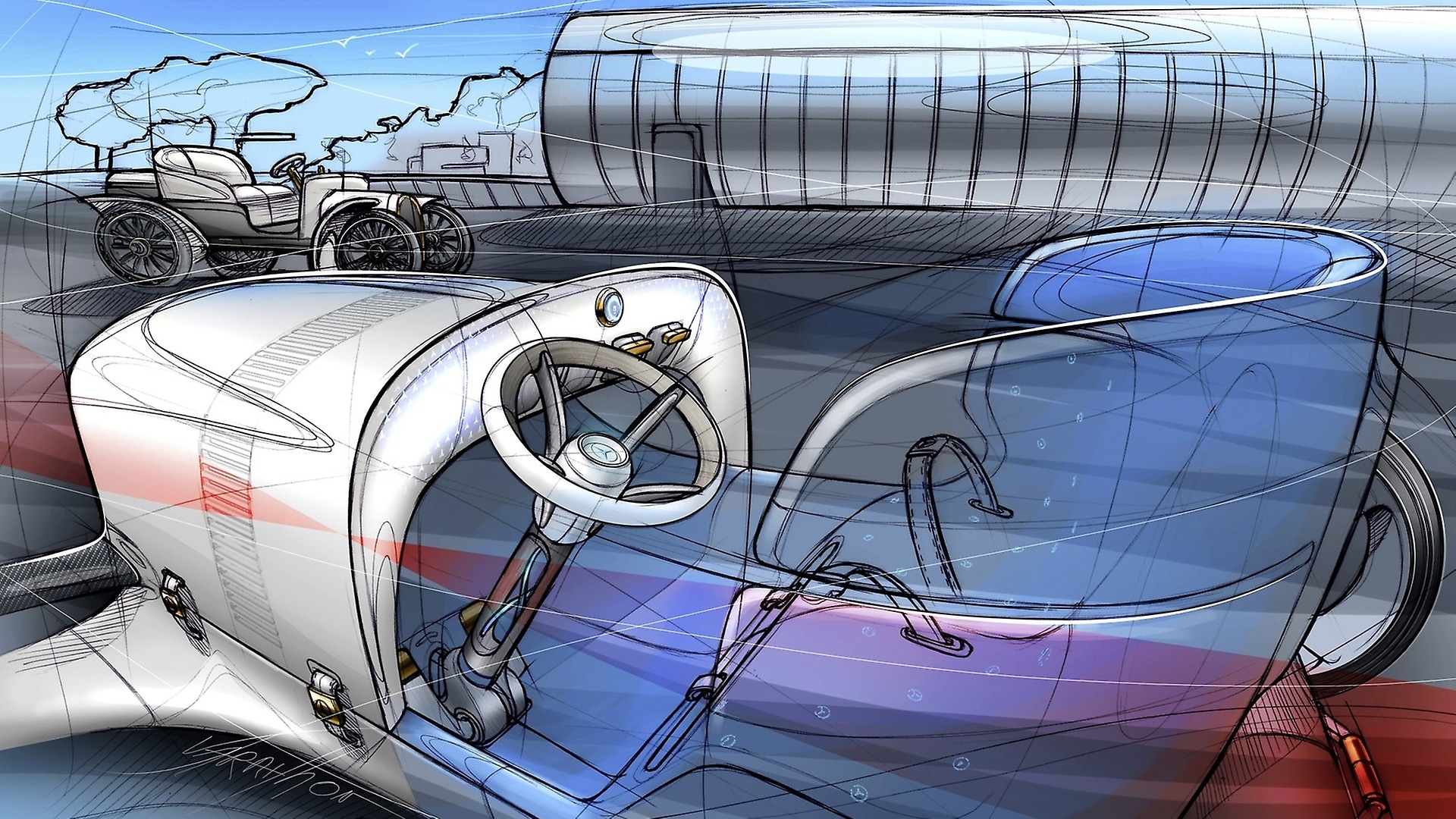

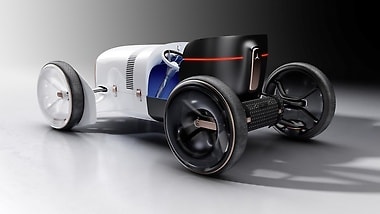


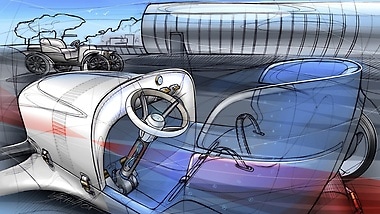
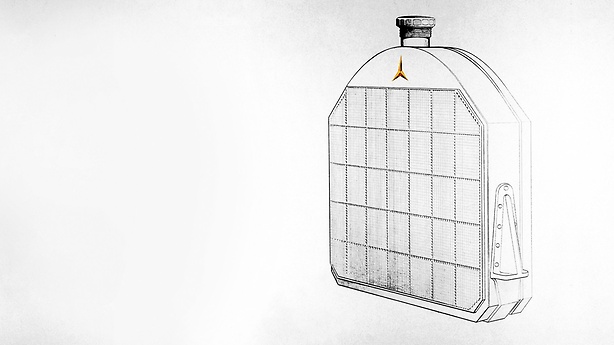,xPosition=1.0,yPosition=0)